With 63 national parks in the U.S., it’s easy to be swept up by the glamour of big names like Yellowstone, Yosemite and the Great Smoky Mountains. And while the well-known parks are popular for a reason, there are quite a few overlooked options discreetly nestled within the long list. Come along and explore six underrated national parks in the U.S., perfect for those with a taste for wild adventures, quirky landmarks or off-the-beaten-path escapes.
Big Bend National Park

Located in southwest Texas near Mexico’s border, Big Bend National Park is a hidden gem in more ways than one. Not only is the park considered remote, as major cities and public transportation aren’t easily accessible here, but it’s also one of the few places where visitors can experience the Chihuahuan Desert ecosystem in the U.S. Boasting nearly a quarter of the world’s cactus species, the prickly plants stretch as far as the eye can see. Moving among the dry land, animals like collared peccary, desert bighorn sheep and aoudad are rare sights as they usually only appear in a handful of southern states and Central America.
Naturally, the best way to experience this terrain is through exploration, and with over 200 miles of trails to choose from, visitors can stroll on a short hike or embark on a multi-day excursion. Trails through the Santa Elena Canyon, Rio Grande or Chisos Mountains are excellent places to start to make the most of this unusual landscape.
Typically, visiting a national park doesn’t warrant an overnight stay for most visitors, but Big Bend might just be the exception. Home to the darkest skies in the U.S. and recognized as an International Dark Sky Park, no words do its beauty justice as meteor showers, shooting stars and a vibrant array of constellations sparkle brilliantly against the night sky.
Where To Stay: Chisos Mountain Lodge
Considering the park’s remote location, this is the only lodging option available within the boundaries of Big Bend. It offers a variety of rooms to accommodate all guests, with the Roosevelt Stone Cottages being a fan favorite.
Isle Royale National Park
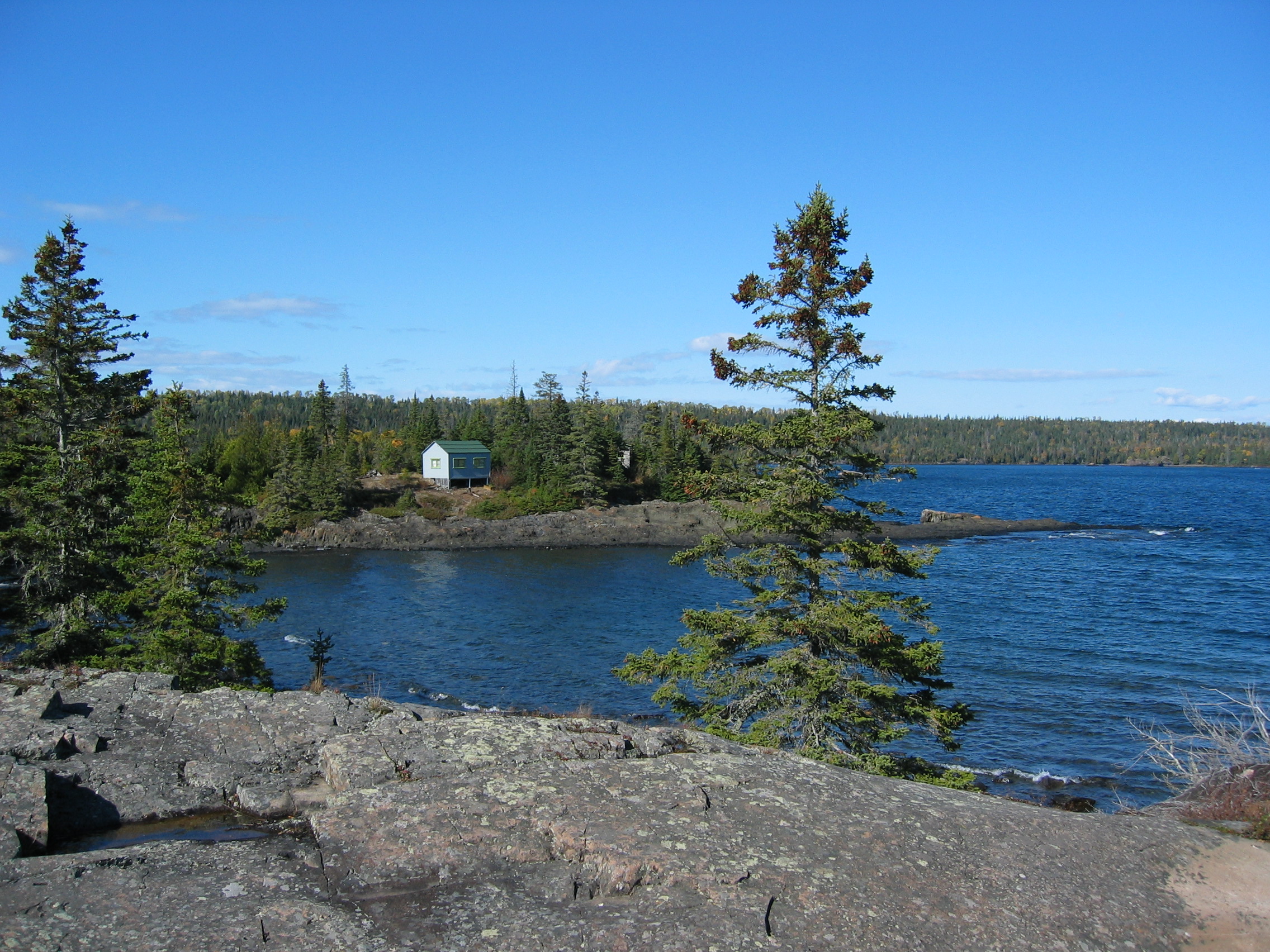
Courtesy of NPS
Since we’re talking about underrated national parks, it's only right to include the least visited one. According to National Park Service data, Isle Royale saw under 22,000 visitors last year. Quite the difference from Great Smoky Mountains National Park which had a whopping 13.29 million guests. But, considering the park’s remote location on Michigan’s northern part of Lake Superior and the fact that Isle Royale is only accessible by seaplane or a five-hour ferry ride, it makes sense why this rugged beauty doesn’t see much foot traffic.
Despite the park’s secluded location, the trek there is nothing short of breathtaking. The island covers 850 square miles of serene wilderness, perfect for outdoor adventure-seeking travelers. Hiking, backpacking and touring one of the many lighthouses are just some of the popular land activities while fishing, kayaking and scuba diving are preferred by those who don’t mind making a splash during their trip.
Travelers will want to check out Greenstone Ridge Trail, which many consider the crown jewel of the park, in addition to one of the ten shipwrecks located right off of the island. Due to Isle Royale’s remote location, the park is only open from mid-April through the beginning of November, so don’t forget to check the park’s website.
Where To Stay: Rock Harbor Lodge
The only lodging option available in Isle Royale National Park, this accommodation offers lodge style rooms, camper cabins and other cabin inspired rooms. The lodge’s operating season runs from June to early September.
Dry Tortugas National Park
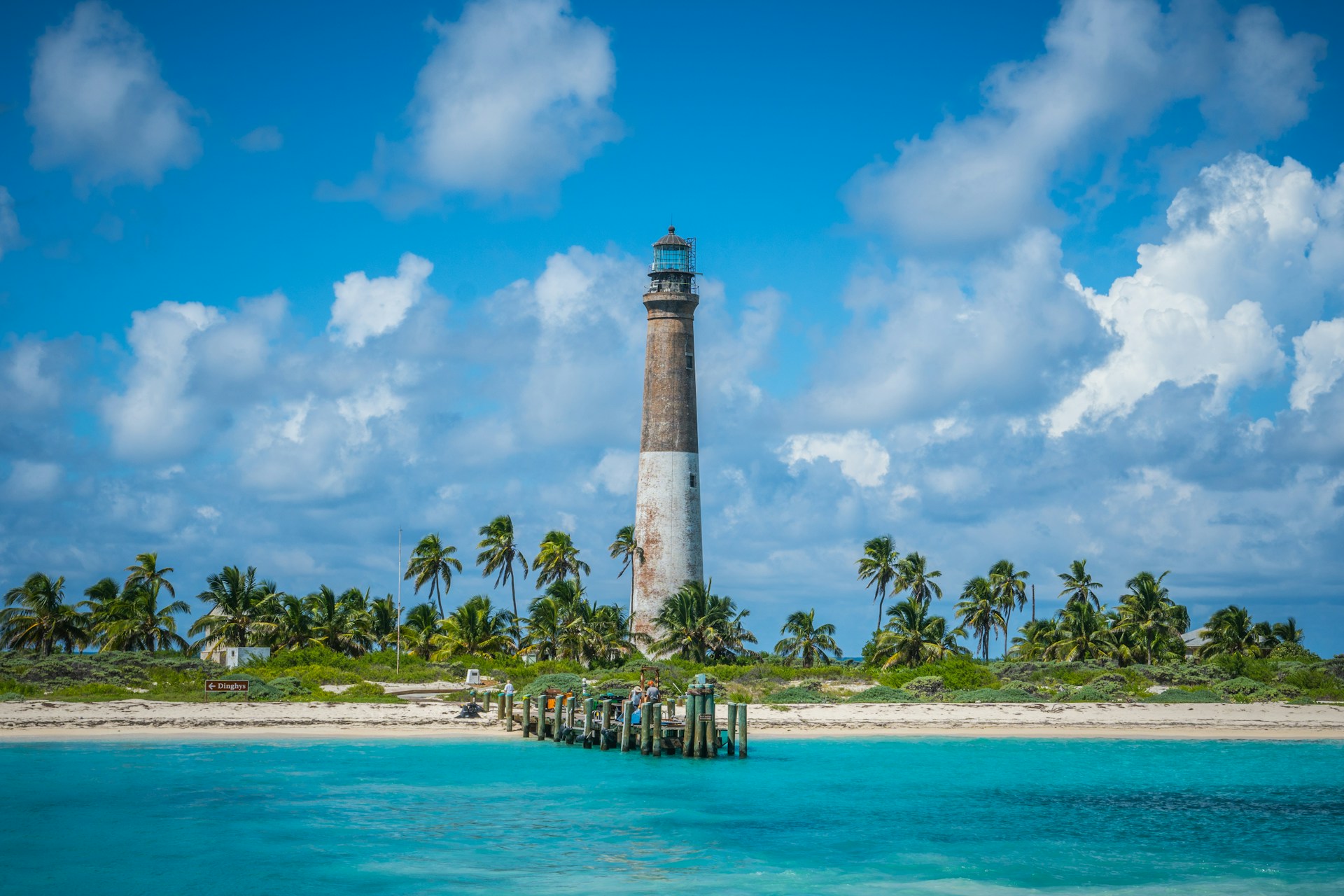
A bit of a misnomer, nothing about this national park is dry. In fact, only 1% of Dry Tortugas is land. Located 70 miles west of Key West, Florida in the gorgeous blue waters of the Gulf of Mexico, the small park is only accessible by boat or seaplane. As one would imagine for a national park that’s mainly water, snorkeling, kayaking, paddleboarding and fishing are some of the ways visitors explore the diverse marine ecosystem and abundant coral reefs.
Since Dry Tortugas is made up of a chain of seven islands, exploration out to these other areas shouldn’t go without mention. From photography expeditions to birdwatching trips and sailing excursions, there are plenty of other ways to explore the park.
While water activities are the main draw to this oceanic bliss, Dry Tortugas does have a tiny sliver of land with the well-known Fort Jefferson situated on it. The largest all-masonry fort in the U.S., the structure was built between 1846 and 1875, though it was never seen to completion or fully armed. With an ideal post location for ships sailing in the Gulf of Mexico and the Straits of Florida, Dry Tortugas provided refuge from storms, allowed ships to resupply and was a strong military asset. Whether it’s chalked up to be one of the many quirks of the park or an exciting opportunity to learn about U.S. history, adding a tour of Fort Jefferson to the itinerary is a must.
Where To Stay: Parrot Key Hotel & Villas
Considering the watery composition of this national park, the closest accommodations are found in Key West. Parrot Key is one of the more convenient options geographically, and it also features a variety of lodging from one and two-bedroom suites to waterfront villas.
North Cascades National Park
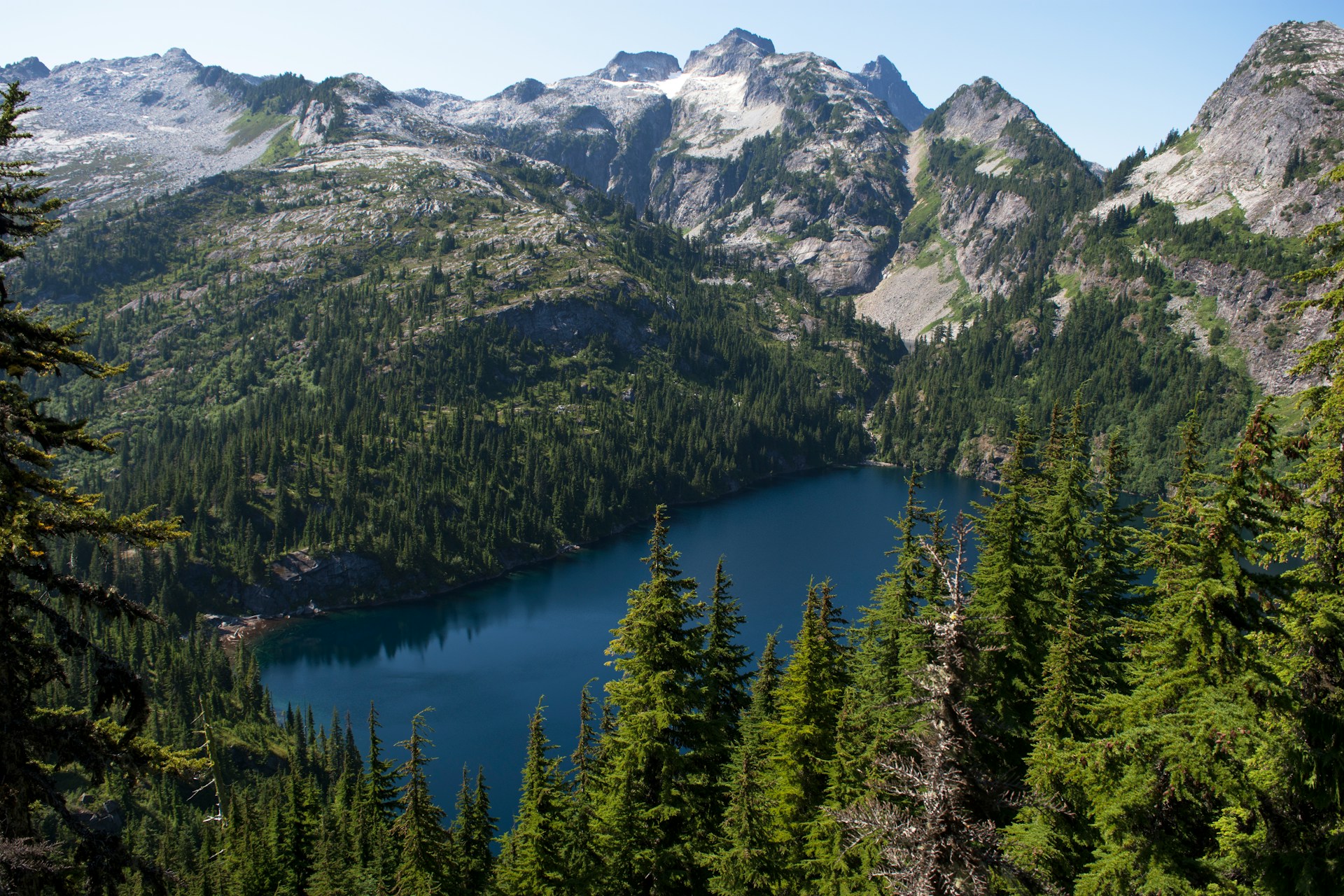
Found two hours north of Seattle on the Canadian border, North Cascades National Park is the embodiment of tranquility. Undoubtedly, the portion of the Cascade Range known as the American Alps is the highlight of the park with its snow-tipped peaks jutting across the horizon. But with over 1,000 waterfalls, 500 lakes and 300 glaciers, this national park is stunning no matter the direction one looks.
A trip to North Cascades is certainly one that requires careful consideration, however, in part because the park is divided into three sections — Ross Lake Recreational Area, Chelan Lake National Recreational Area and North Cascades National Park. While most visitors choose to stay in the Ross Lake section, if there’s one reason to stray away, it’s to check out the small village of Stehekin that sits at the head of Lake Chelan. Only accessible by foot, boat or plane, it’s the perfect opportunity to see how this small, isolated community lives and also disconnects from the chaos of everyday life — quite literally considering there’s no cell phone service.
Venturing back to the less-secluded areas of the park, hiking, fishing, paddleboarding, boat tours, birdwatching, horseback riding and whitewater rafting are some of the ways visitors love to explore the natural beauty of the North Cascades. Diablo Lake Vista Point provides unbeatable views of the reservoir’s milky blue-green water while trails like Agnes Gorge, Thunder Knob and Heather-Maple Pass Loop showcase the untamed wildlife that roams through the park. Be warned ahead of time though — the operating season is limited from May to October as the highway into the park closes in the winter months.
Where To Stay: Ross Lake Resort
Open seasonally in conjunction with the park’s schedule, this lodging accommodation is in high demand as it sits on the gorgeous Ross Lake. Fifteen floating cabins overlook the glistening blue waters, perfectly capturing the naturalistic essence of the national park.
Great Basin National Park
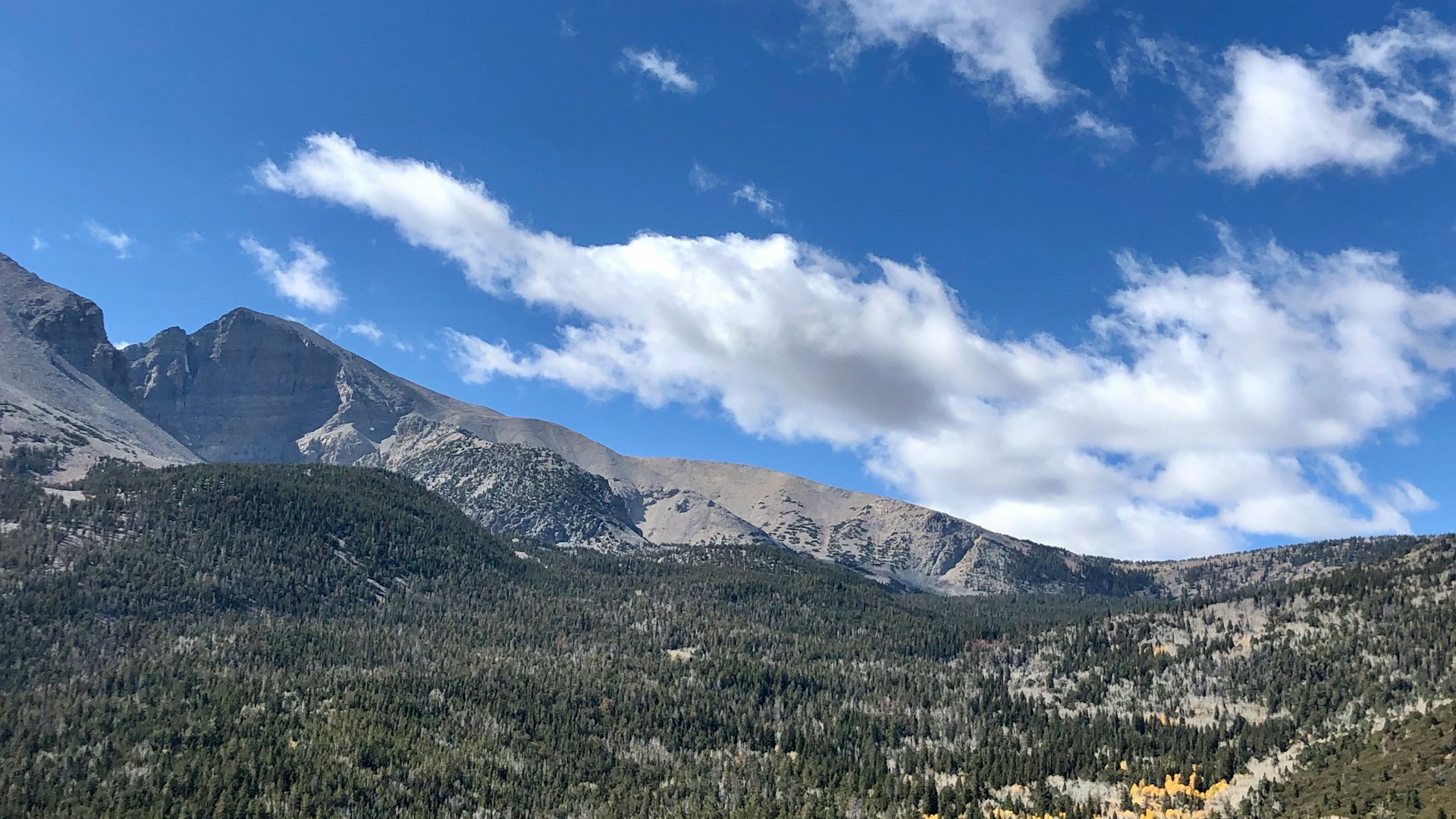
While this national park has a Nevada address, it also spans through half of Utah and smaller sections of California, Oregon, Wyoming and Idaho. Despite its sprawling reach through multiple states, the park only saw 142,000 visitors in 2022 according to National Park Service data. An underrated haven, Great Basin boasts quite diverse terrain ranging from deserts and playas to mountains, caves and glaciers.
Like most national parks, hiking is a great option for exploring the peaks and valleys of the Great Basin, especially considering Wheeler Peak is one of the highest points in Nevada. Teresa Lake is another popular stop as its beautiful blue waters sparkle against the mountainous backdrop, surrounded by the deep emerald of lush trees. Visitors will want to keep an eye out for wildflower patches in the area as the park also features hundreds of dazzling species.
There’s more to Great Basin National Park than what meets the eye, however. Visitors are encouraged to head underground to tour the Lehman Caves, Nevada’s longest cave system. With a variety of tour options, groups navigate through the elaborate system, stopping in different rooms to observe unique rock formations and geological oddities. Whether it’s on the surface or underground, Great Basin is a nature lover’s playground.
Where To Stay: Hidden Canyon Retreat
Nestled in a canyon about 30 minutes from the park, this accommodation is considered casual and laid-back. Hidden Canyon offers standard room and bed combinations in addition to suites.
This article originally appeared in the Summer 2024 issue of The Compass magazine.




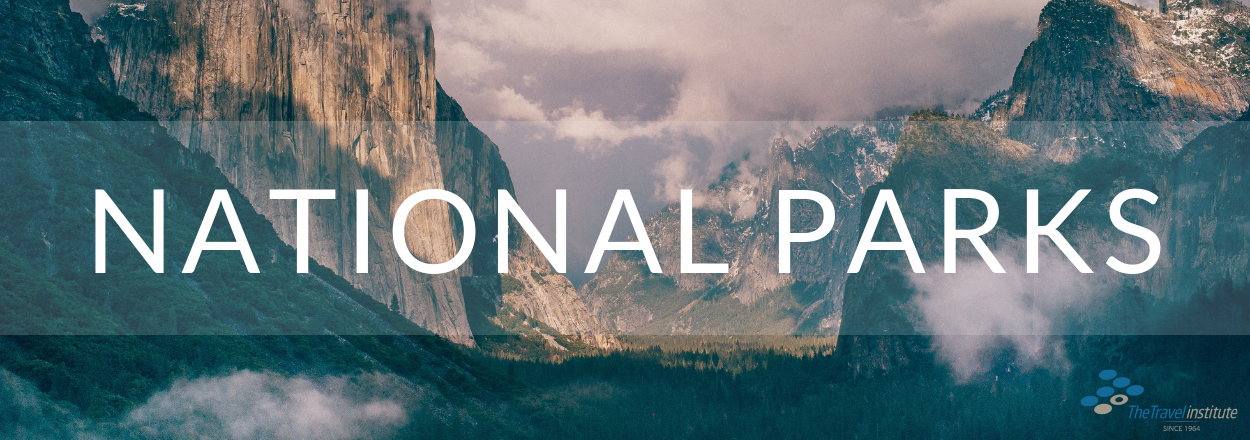
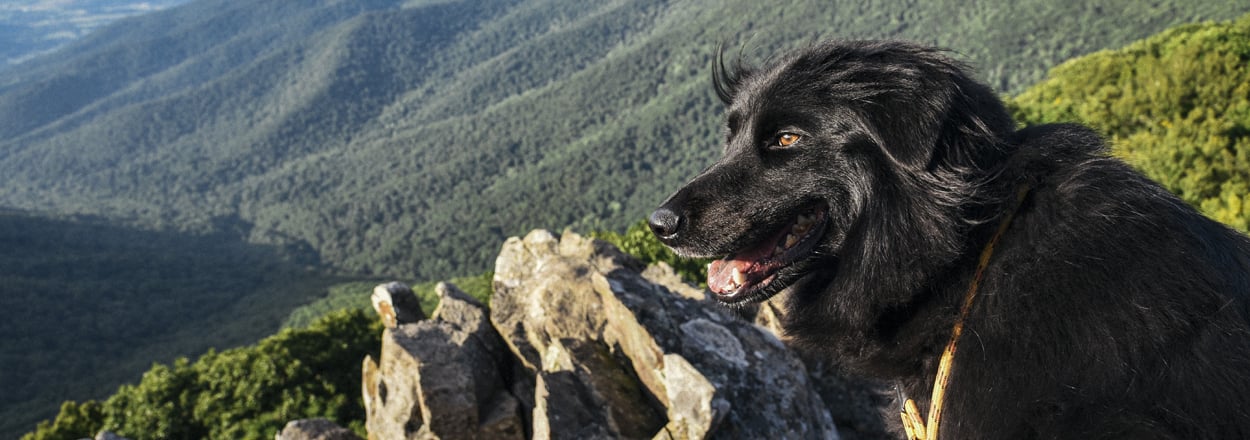
comments